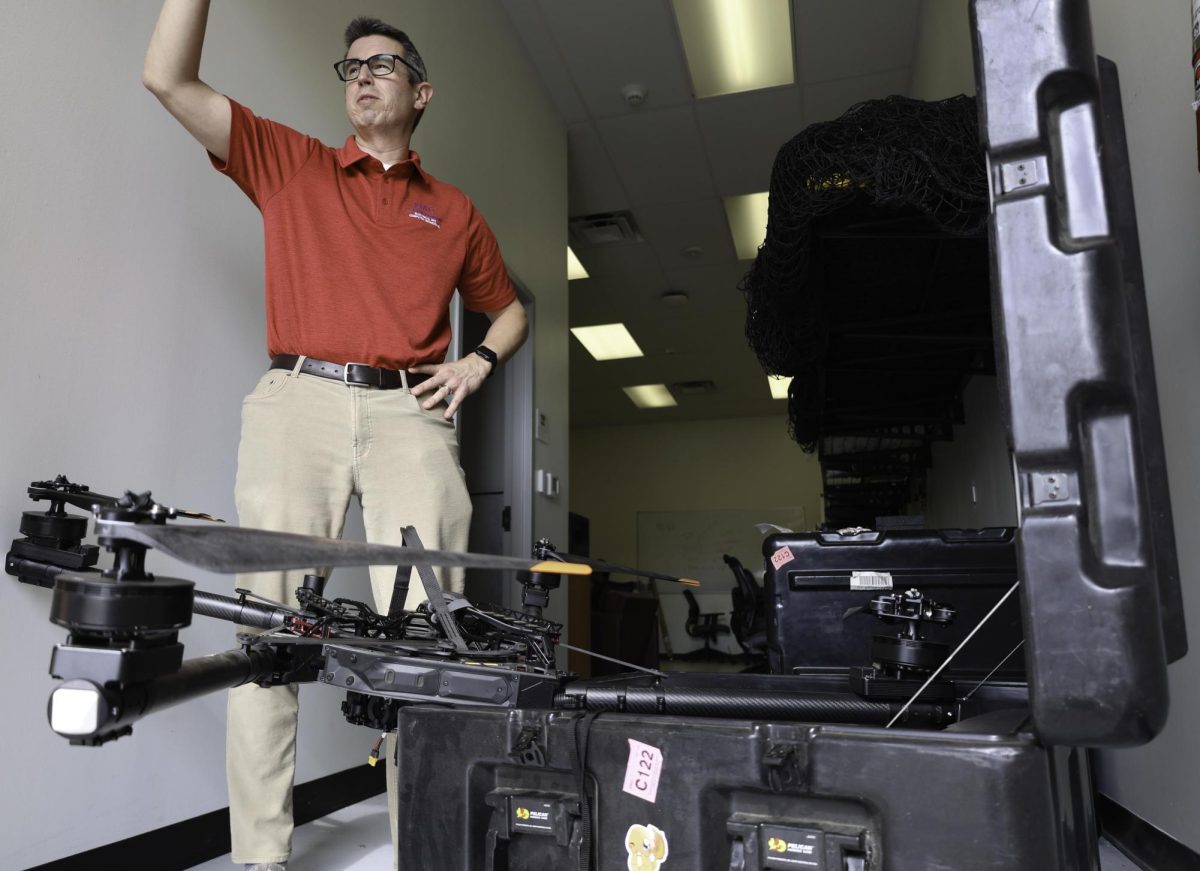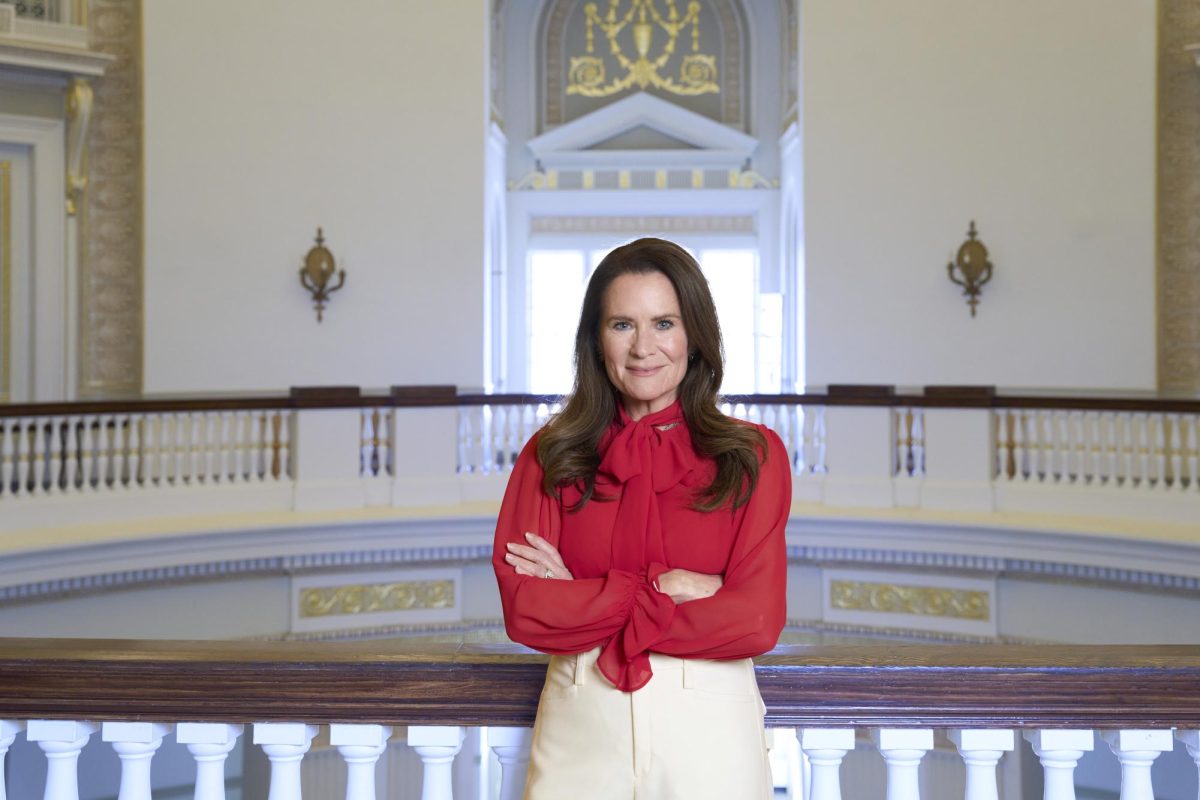
The day President John F. Kennedy was assassinated on Nov. 22, 1963, is a day marked in the pages of American history forever. While many beared witness to this tragic event in Dallas, Gene Gordon, 88, a photographer at the Fort Worth Press was busy in the darkroom. Gordon is responsible for photographing some of the last moments of Kennedy’s life before the assassination as he spoke to a crowded parking lot outside the Texas Hotel in Fort Worth earlier that day.
Gordon went to scope the area where he wanted to photograph prior to the event. He decided to hide a step stool beneath the makeshift stage so that he could be above the crowd and behind the president during the speech.

“When he went to speak I got up there and immediately a secret service guy came over to me,” said Gordon of the day he took the photo. “I asked him, ‘What’s the problem, I’m not going to kill the president.’ Then four hours later he was shot.”
Images from this day, along with others from the Gene Gordon Collection are on display at the Sixth Floor Museum in Dallas and the Amon Carter Museum of American Art in Fort Worth.
Gordon came to work at the Fort Worth Press shortly after graduating high school in 1948 where he was a staff photographer. After the paper folded, he went to work at the Star Telegram in 1975 where he was the Chief Photography Editor into the 90s.
His son, Guy Gordon, remembers what it was like growing up in the newsroom around his mother and father who were constantly working under deadlines.
“The people at the Fort Worth Press were real characters,” Guy Gordon said. “Whether they were writers or editors, they were just real gritty and seasoned newspaper people.”
The Fort Worth Press was in competition with the Star Telegram. Guy Gordon explained how the press had a faithful following but could not compete with advertising.
“They didn’t have the money and they couldn’t compete in the advertising department,” explained Guy Gordon. “It’s sad to see what has happened to newspapers.”
With the ever changing technology of photography today, it is hard to remember a time before digital. Gene Gordon was at the forefront of the introduction of digital photography to the Star Telegram and bought some of the first digital cameras that were available to his staff.
However, film photography was still the preferred method of image production. Gene Gordon and his staff created a mobile newsroom and processing van that they drove from Fort Worth and back to Dallas everyday.
“We knew we wanted to go as fast as we could so we hired off duty policemen to drive us,” chuckled Gene Gordon. “We would pick up film from our guys and process it on the road as it was the best way to get the prints faster and to make deadlines.”
Professor of photography at Southern Methodist University, Eileen Maxson, was at the meeting with Gene Gordon and his family. She prompted Gene about the differences in learning to photograph digitally versus film.
“In the way photographers are learning now is digitally,” explained Maxson. “When I was learning it was in the darkroom, but now I have a lot of students who are still interested in the darkroom and they talk about liking how it makes them slow down and consider the image differently.”
Gene Gordon’s theory was that when he would arrive on a scene, he would take a picture and then try to improve it.
“He was always getting the best angle,” explained Guy Gordon. “He would walk up, look around, and would scout out the best vantage points for the image.”

Guy Gordon explained how you could always point out which images were Gene’s as he tended to photograph people and what impact the event had on them.
“The eyes are the important thing, everything else is just a person,” Gene Gordon said.









